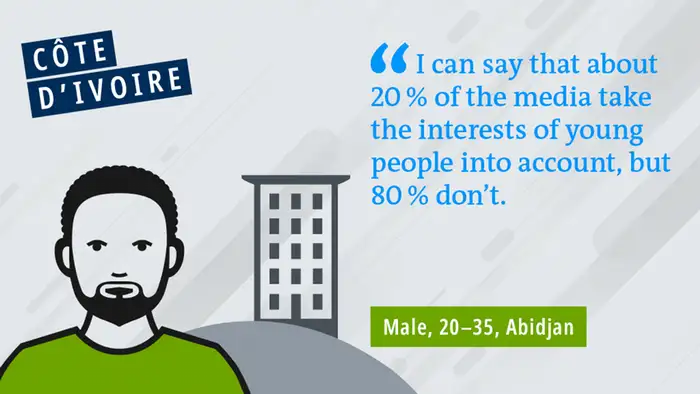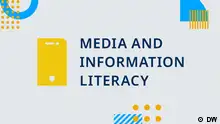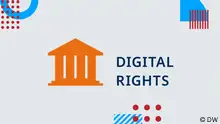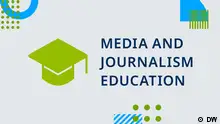MIL
The MIL Index Study: An assessment of MIL in six African countries
Research on the current state of MIL in sub-Saharan Africa is hard to come by. A new study by DW Akademie focuses on the young generation’s media-related skills in six countries.
More than 75% of sub-Saharan Africa’s population is under the age of 35. The young generation constitutes not only the future: children, teenagers and young adults account for the majority of African societies today. At the same time, digitalization is transforming how people consume media and information. New forms of communication can also enable youth to take on a more active role in shaping their societies. This is especially true for the 15 to 35-year-olds currently entering higher education and the workplace. They will shape politics, the economy and society for years to come.
But what do we know about the media and digital skills of this generation, who are often described as digital natives? Do they have the Media and Information Literacy skills needed to navigate these new and complex media ecosystems? DW Akademie’s MIL INDEX study in Africa aims to help answer these questions, focusing on six countries DW Akademie is active in: Burkina Faso, Côte d’Ivoire, Ghana, Kenya, Namibia and Uganda.
The study uses a mixed methods approach involving youth focus groups, in-depth interviews with key local experts and representative surveys. It is guided by DW Akademie’s MIL model which divides Media and Information Literacy (MIL) into five dimensions: access, analysis, reflection, creation and action.
The results illustrate that digital transformation is taking hold on the African continent, especially in urban settings — and yet it is a two-tiered transformation. While roughly two-thirds of 15 –to 25-year-olds in countries like Ghana and Kenya access the internet on a weekly basis, this only holds true for around one third of Burkina Faso’s youth. In most countries, digital access is characterized by a gender and rural-urban imbalance.
High levels of cyberbullying
Many of Africa’s youth experience disinformation, cyberbullying or hate speech on a daily basis. Traditional media retain their importance especially in peri-urban and rural settings, though the younger generations do not always have the analytical skills to detect biased information, propaganda or censorship. When it comes to creating one’s own content or playing an active role in public discourse, young citizens often pull back and hesitate to voice their concerns.
Beyond these commonalities, the results of the study are diverse. There are several country specific findings worth noting. In Uganda, for instance, sexual harassment online has reached alarming proportions. In Burkina Faso and Côte d’Ivoire, youth do not feel represented in the media, tending to withdraw into the private sphere. Youth in Ghana are willing to accept cyberbullying as a given and more willing to trust questionable sources than their peers from other countries. Namibian youths trust traditional media more than social media, but it is social media that they use most. And in Kenya, youth seem to lack the confidence to be more active in putting their voices out into the open.
The detailed reports of the study have been published as part of the MIL INDEX Dossier.
DW recommends
- Date 23.10.2020
- Author Dennis Reineck
- Feedback: Send us your feedback.
- Print Print this page
- Permalink https://p.dw.com/p/3kLdX
- Date 23.10.2020
- Author Dennis Reineck
- Send us your feedback.
- Print Print this page
- Permalink https://p.dw.com/p/3kLdX







